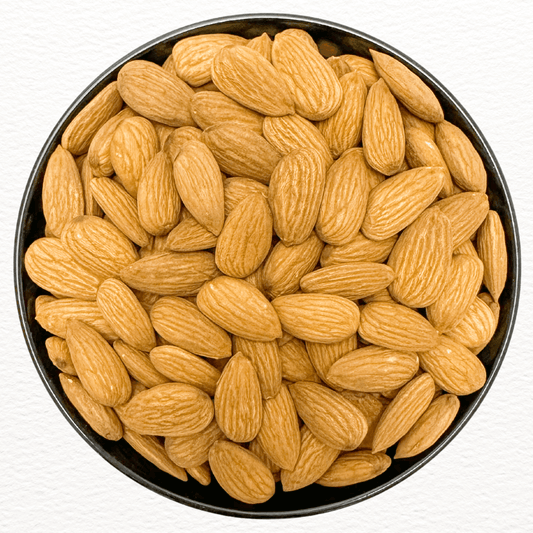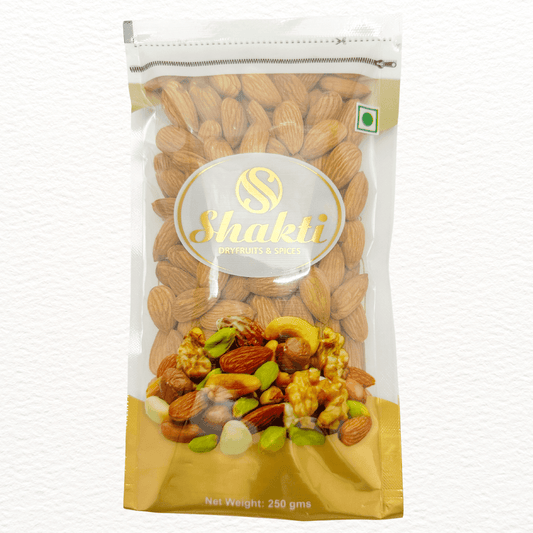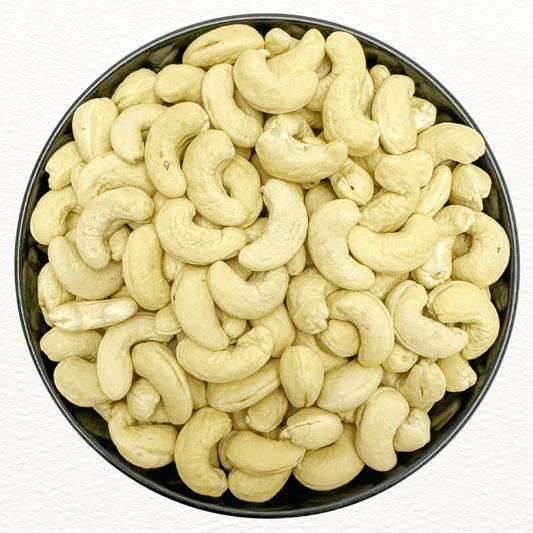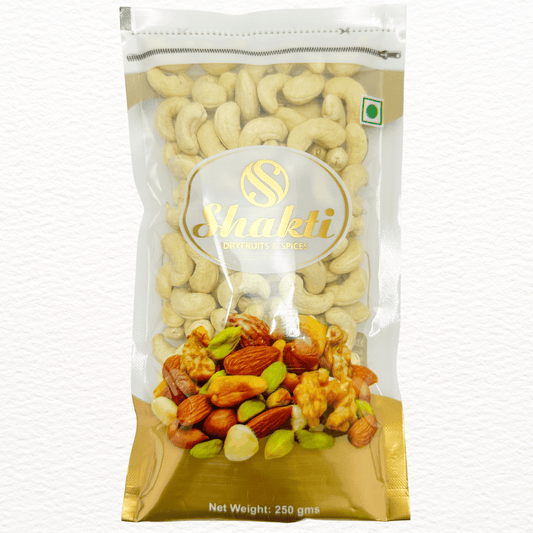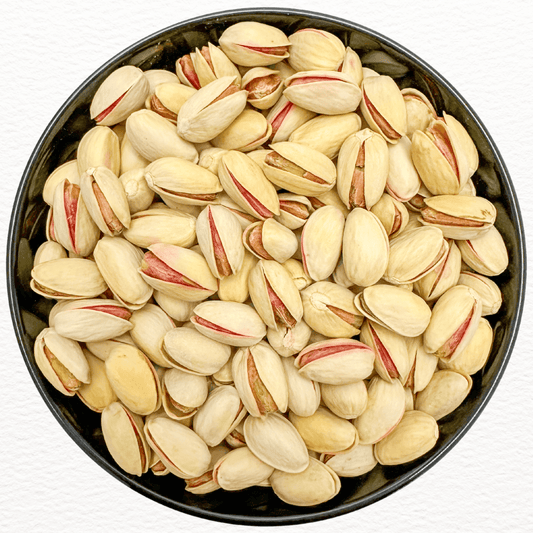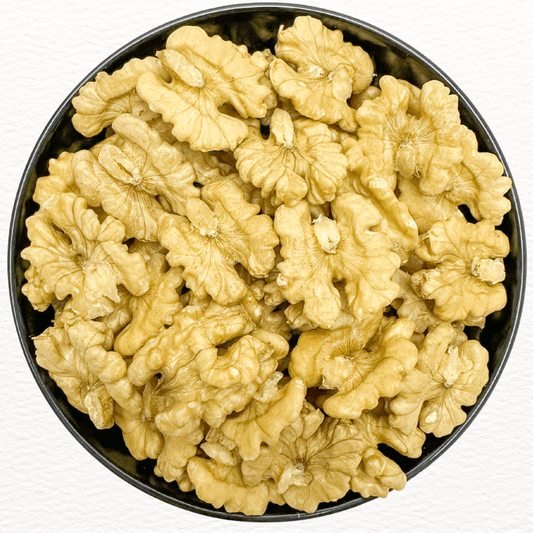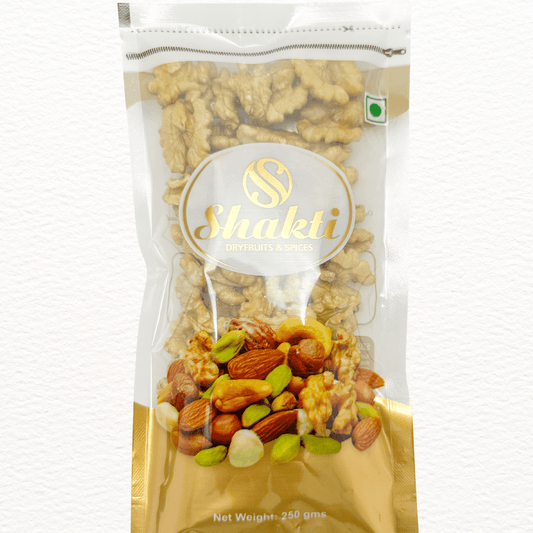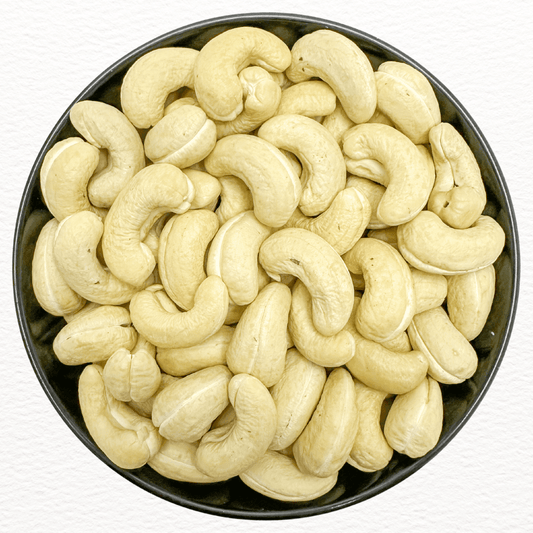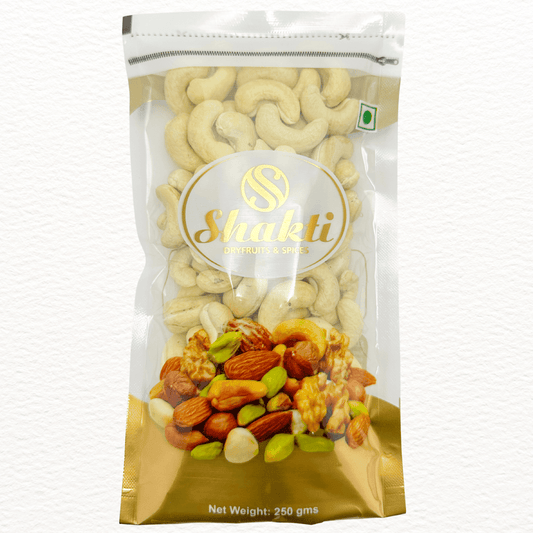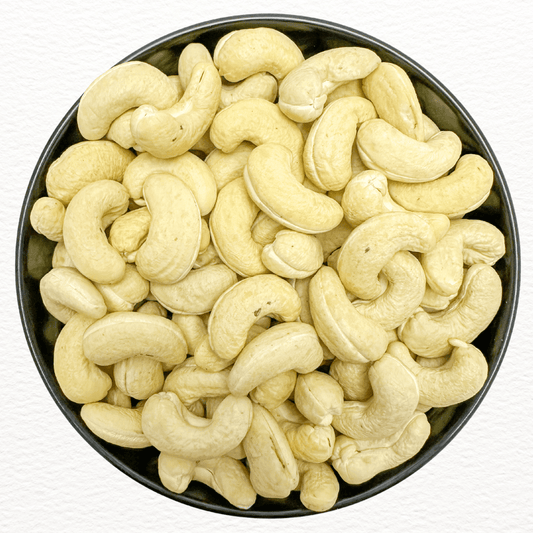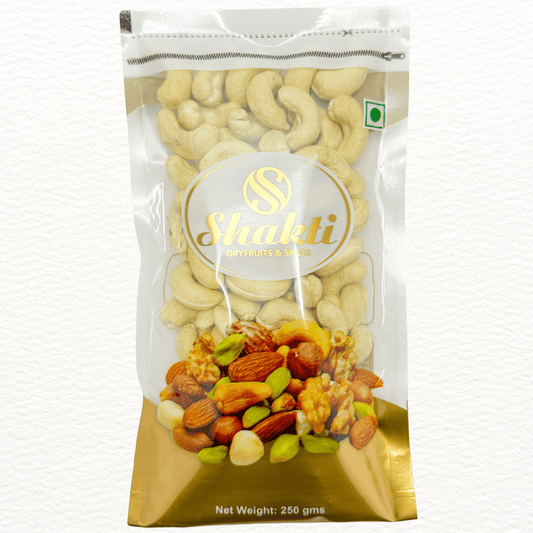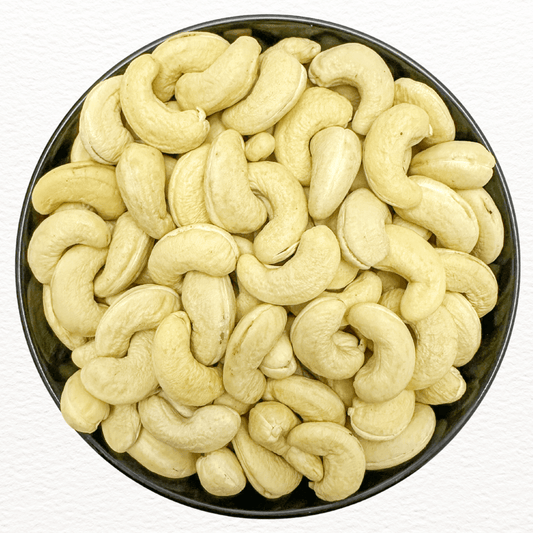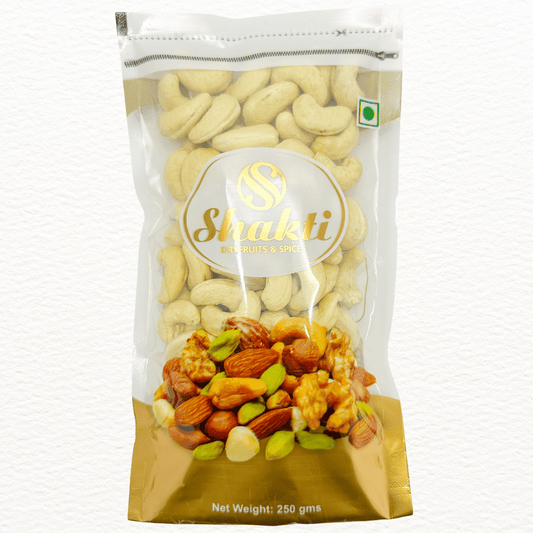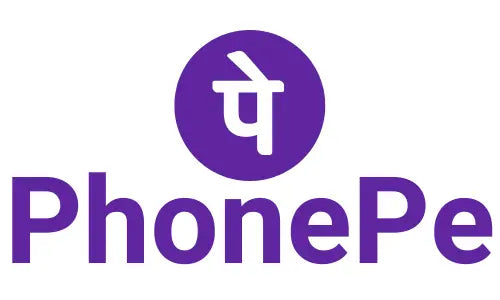Dried Fruit vs Fresh Fruit: Which Is Better?

Fruits are the natural candy, (which is nature’s candy) full of vitamins, minerals, fiber, and antioxidants. But, the debate is going on so far being ought to choose a fresh fruit or take dried from it?
No matter if you’re after being more convenient, eating denser, or even finding a way to diversify your diet, a thorough study of the differences between dried and fresh fruit is a must. Throughout this report, we will get the nutritional comparison, study benefits, and shortcomings of each, and, finally, guide you to select the one that aligns most with your lifestyle and health goals.
Initial Steps
- Fresh fruit is exactly harvested at a time when it is most watery and consumed before it loses its water due to evaporation and, hence, the sweet and sour taste is brought to perfection.
- Dried fruit production is done by evaporating most of the water from fresh fruit through sun drying, dehydrators, or freeze drying. This method enhances the nutritional of the fruit but at the same time results in the product that is rich in calories and sugars.
Nutritional Comparison
-
Calories and Carbohydrates
The fact that dried fruit is made up of a small proportion of water and hence is much more calorie-dense than the fresh one is evident through the process of drying. Specifically, the calorie content of a 100-gram piece of raisins stands at around 86 calories, whereas 100 grams of raisins is nearly 296 calories. - Furthermore, the presence of carbohydrates, especially, natural sugars, is very much the concentrated form of dried fruit. To illustrate this, although you have the euphoria of eating carbohydrates and fiber, yet, it is burdensome to eat more calories and sugars from less fat.
Sugar and Fiber
Most fresh fruits have less sugar due to their high water content. Inversely, dried fruits have a lot of natural sugar in the form of fructose per gram, though they still deliver some fiber, which is a positive thing. For instance, a 100-gram serving of fresh apple contains about 11.7 grams of sugar and 2.1 grams of fiber, while dried apple has over 57 grams of sugar and 8.7 grams of fiber. Consequently, fiber in fruits in dried form can help improve digestion, fullness and less constipation. Nevertheless, the higher sugar content may be an issue if it is consumed in large amounts, and it may lead to blood sugar management.
Vitamins and Minerals
Even though one serving of either fresh or dried fruit is synonymous with an abundant good amount of nutrients, the drying process is inherently devastating to some water-soluble vitamins like antioxidants and folate or folic acid. In comparison, fresh fruits probably have their main features including having the original vitamin C giving them a chance to be fully absorbed by the body and alive enzymes which facilitate the smooth digestion of the fruit. Conversely, the drying process will concentrate minerals like Potassium, Iron, and Calcium so, the dried fruit can sometimes have a bigger helping of these micronutrients per serving. However, the benefits also come with a higher energy consumption.
Pros and Cons
Fresh Fruit
Pros:
-
Hydration and Volume: Fresh fruit is nearly all water (often 80–90%) and being so, it is very filling and hydrating.
-
Lower in Calories: The water contained largely contributes to the low calorie level in fresh fruit, so it is a good choice if you want to avoid excessive calorie intake.
-
Retains Sensitive Nutrients: Among the vitamins lost during the drying of fruits like vitamin C, and some of the B vitamins, there is a greater amount in fresh fruit.
- No Added Preservatives: Fresh fruit is typically not clouded by artificial sugars and sulfites. That is why it is the best natural option overall.
Cons:
-
Short Shelf Life: Fresh fruit is highly perishable and will deteriorate within a short time if not received.
- Bulkier and Less Portable: Although fresh fruits are great for home use, the last thing one wants to do is to overpack and inconvenience oneself with on-the-go snacks.
Dried Fruit
Pros:
-
Convenience and Shelf Life: Drying is the process that creates non-perishable foodstuffs which can be stored safely in the cupboards for up to 30 days."
- Dried fruit is zero-waste food that can be bought as portable snack meals for busy on-the-go days.
-
Nutrient Concentration: With the disappearance of water through the drying process, the minerals, and fiber left in dried fruit are more concentrated serving a more intense nutritional punch.
- Versatility in Recipes: You can toss it in with other ingredients to diversify the dry materials, or for those who are trying to avoid using sugar, they can instead use it in their smoothie recipes.
Cons:
-
Higher Calorie and Sugar Density: It is easy to gain an excessive amount of calories and sugars if you have dried fruit which can be a great issue for those keeping an eye on their carbs or caloric intake.
-
Loss of Limited Nutrient: The loss of instant vitamins, such as vitamin C, occurs in the course of the dehydration method.
- Potential Additional Products: Dryers may at times add sugar and contain preservatives (for instance, sulfites) to dried fruits; thus, make a point of reading labels carefully.
Which One is Right for You?
The best outcome can be determined by the way of life of each person, his or her foods, and his or her plan for the diet. We are going to go through a couple of these scenarios to start:
For Hydration and Less Calorie Consumption: Fresh fruit is the superior choice when you are seeking a snack that is very bulky and low in calories and contains lots of water.
For Portability and Convenience: Dried fruit is a way to go if you're frequently on the go now and then and need a practical way of getting your fruit servings in the daily intake of food without their going bad.
For Nutrient Enhancement: Both types have their strengths. However, through the use of fresh fruit, you can take advantage of higher levels of vitamin C and enzymes, and by ingesting dried fruit when in need of a good source of fiber and minerals you can avoid a problem of serving size—but do not let it get out of control.
Practical Tips for Incorporation
Mix It Up: To the menu, add both fresh fruits as well as dried fruits. For example, mix a few raisins or dried apricots in your salad or oatmeal, and then add fresh berries as well.
Watch Your Portions: The quantity of dried fruit is generally a quarter to half a cup at a time. Limit your caloric and sugar intake through portion control.
Read Labels: Choose only whole dried fruits with no sugar or preservatives added if possible when you look for this product in stores.
Stay Hydrated: Make sure you are drinking enough water when eating dried fruit because of their low water content and you will need to keep the balance with proper fluid intake to prevent dehydration if the dried fruit is not rehydrated adequately.
Final Thoughts
- Both fresh and dried fruits are really good source of main vitamins, and each has its own advantages or disadvantages.
- Fresh fruit is mainly for re-hydration which has a low calorie count and carries the highest levels of certain vitamins in the other hand dried fruit is convenient to store and contains and concentrates nutrients. Ideally, you should be using both fruits in your meals by selecting the ones that are suitable for your daily routine and nutritional goals.
- You will find that by having knowledge and choosing consciously, you can actually have the best of both worlds and actually work with the wellness of nature to be successful in your health goals.
- Get more benefits from healthy eating and tasty cooking tips by just subscribing to our blog and joining the community of wellness lovers!

